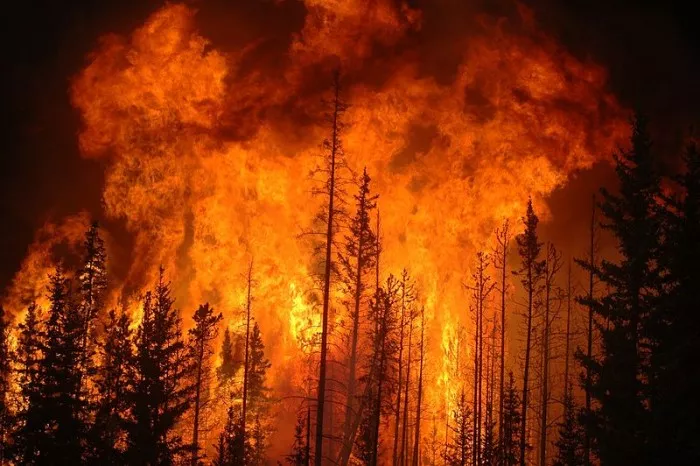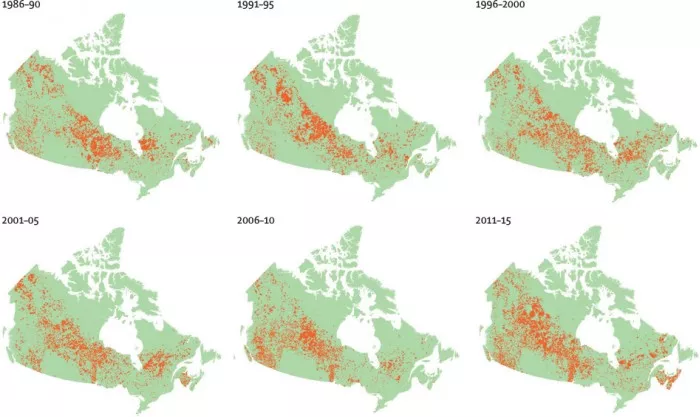Published this month in the lancet00067-5/fulltext#link=%7B%22role%22:%22standard%22,%22href%22:%22 https://www.thelancet.com/journals/lanplh/article/PIIS2542-5196 (22) a comprehensive study on 00067-5/fulltext%22,%22target%22:%22%22,%22absolute%22:%22%22,%22linktext%22:%22published%20this%20month%20in%20the%20lancet%22%7d) found that wildfire exposure is related to the increased incidence rate of lung cancer and brain tumors** This grim news came as climate change accelerated by human activities continued to exacerbate global wildfires. Over 20 years, researchers tracked more than 2 million Canadians, some of whom were exposed to wildfires, and analyzed the associated cancer results.

In short, they concluded that in the past 10 years, compared with people living in distant places, people living within 50 kilometers (31 miles) of wildfires had a 10% higher incidence rate of brain tumors and a nearly 5% higher incidence rate of lung cancer.
"Wildfires often occur in the same location every year, but we know very little about the long-term health effects of these events. Our research shows that living close to wildfires may increase the risk of some cancers," Scott weichenthal, an associate professor in the Department of epidemiology, biostatistics and occupational health at McGill University, Canada, said in a statement
Although it is known that some parts of the world are more prone to wildfires - including parts of the southwestern United States, California and Oregon - fatal fires near residential communities have increased significantly in recent years. For example, California and Oregon have seen dramatic wildfire peaks near people's homes, as evidenced by the tragedies of 2019 and 2020.

"Many of the pollutants emitted by wildfires are known human carcinogens, suggesting that exposure to these pollutants may increase human cancer risk," Jill korsiak, a doctoral student in the Department of epidemiology, biostatistics and occupational health at McGill University in Canada and the lead author of the analysis, said in a statement
Not only that, wildfires are also indirectly associated with cancer risk. A study in March found that lingering wildfire smoke destroyed the earth's ozone layer, which is basically a shield for our planet against harmful ultraviolet rays from the sun. Without ozone, our risk of skin cancer is likely to increase.

Preventable chain reaction
Simply put, the increase in wildfires is the result of global warming. As humans cause greenhouse gas emissions through operations such as coal-fired power generation, they contribute to the perfect storm of wildfires. For example, drought and the drying up of organic matter are both direct results of global warming and precursors of wildfires.
To make matters worse, scientists have provided evidence that the severity of wildfires will continue to rise due to this human induced climate change. The study found that since 2000, the scale and frequency of fires in the United States have quadrupled and tripled. "The worst fire disaster is still ahead," a researcher said in a statement.
Further work is needed to "develop long-term estimates of wildfire exposure to capture the complex mixture of environmental pollutants released in these events," the team said